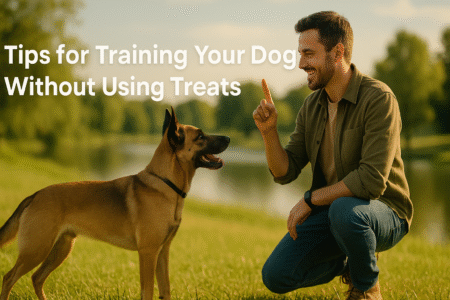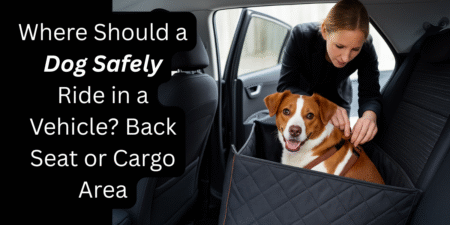Taking your furry friend along for a drive can be a wonderful experience, but many pet owners face challenges when it comes to training their dog for car rides. Some dogs may whine, drool, shake, or even refuse to get into the car due to fear or discomfort. Helping your dog overcome this anxiety takes patience, consistency, and positive reinforcement. With the right approach, you can make car travel an enjoyable experience for both you and your pet.
Understanding the Cause of Car Anxiety in Dogs
Before you begin dog car training, it’s important to understand why your dog feels anxious. Some dogs associate the car with negative experiences, such as vet visits or loud noises. Others may feel motion sickness or simply fear the unfamiliar movement and sounds. Identifying the cause helps you tailor your training method effectively. The goal is to help your dog associate the car with safety, comfort, and positive experiences rather than stress.
Start Slow and Build Positive Associations
The key to training your dog for car rides without anxiety is gradual exposure. Start by letting your dog explore the car while it’s parked. Allow them to sniff around, sit inside, and get used to the environment without turning the engine on. Offer treats, praise, or a favorite toy to create a positive connection. Over time, practice short sessions where the car door is open, and the dog feels safe and unpressured. Once they are comfortable sitting in the car, you can proceed to the next step.

Introduce Short and Calm Rides
Once your dog feels relaxed in the stationary car, take short drives around the block. Keep the first few trips brief just a few minutes and reward calm behavior with treats and affection. Gradually increase the ride duration as your dog becomes more comfortable. Avoid driving to stressful destinations like the vet initially; instead, visit fun places such as a park or a friend’s house. This helps your dog learn that car rides can lead to enjoyable outcomes.
Create a Comfortable Travel Environment
Comfort plays a major role in reducing dog car ride anxiety. Make sure your dog has a stable and cozy spot in the car. Use a well-fitted dog harness, crate, or car seat cover to ensure safety and minimize movement. Some dogs feel calmer with familiar items like their blanket or toy. Keep the car temperature pleasant, play soothing music, and avoid loud noises that may startle your pet.
Practice Consistency and Patience
Training your dog to enjoy car rides takes time and repetition. Stay calm, patient, and consistent in your approach. Never force your dog into the car or punish them for showing fear. Instead, reward every small step of progress. Consistency helps your dog build trust and gradually feel confident during travel. Remember, every dog learns at their own pace, so progress might be slow—but it will be long-lasting.
Addressing Motion Sickness and Severe Anxiety
If your dog continues to show severe car ride anxiety or motion sickness, consult your veterinarian. They may recommend mild medication or natural calming aids to make the experience more manageable. You can also seek help from a professional dog trainer who specializes in anxiety or travel training. With professional guidance and gentle care, even highly anxious dogs can learn to travel peacefully.
Conclusion
Training your dog for car rides without anxiety is all about patience, comfort, and positive association. By taking small steps, creating a relaxing environment, and rewarding calm behavior, you can turn stressful trips into enjoyable journeys. A well-trained, relaxed dog not only makes travel easier but also strengthens the bond you share. With time and love, your furry companion will soon look forward to every car ride adventure with you.



















Leave a Reply